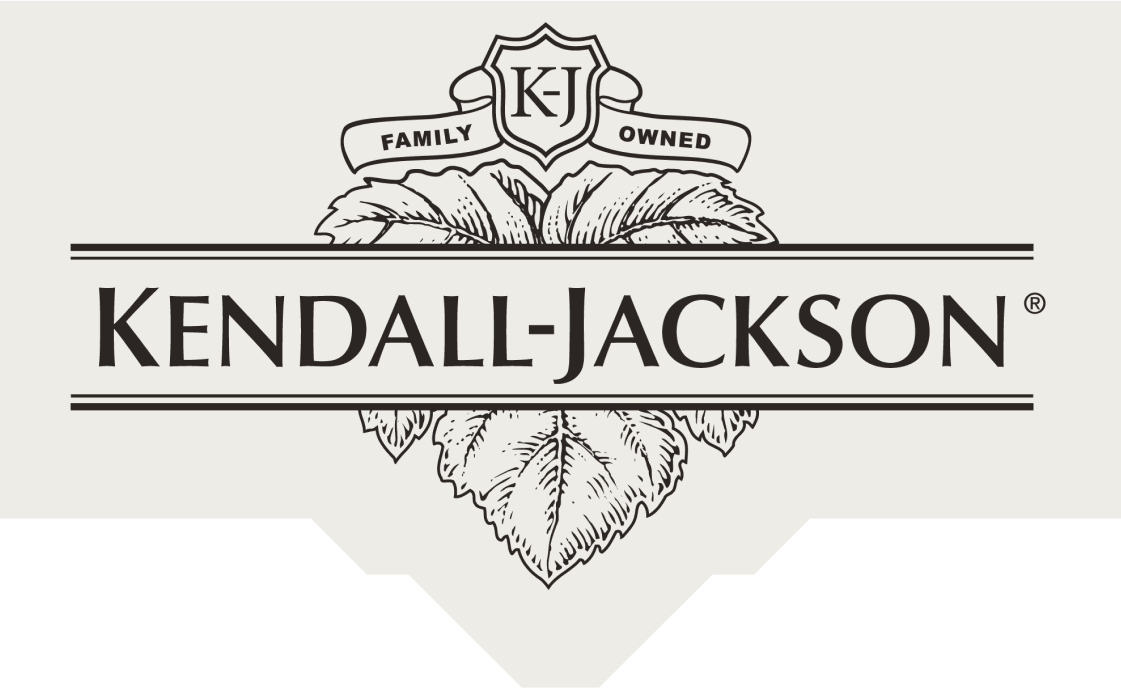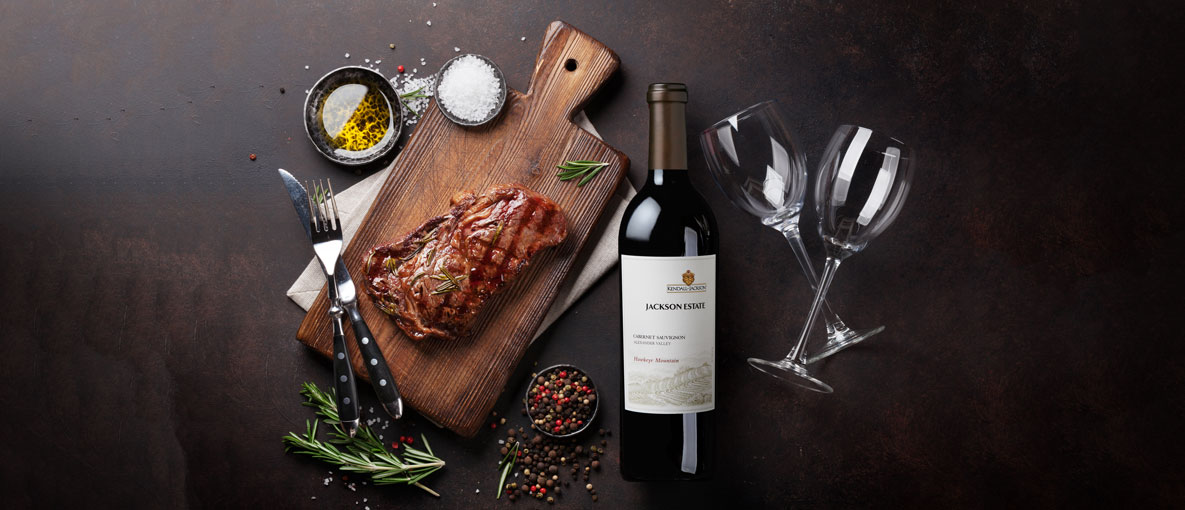What Type of Corks Do We Use?
Did you know that we use natural corks, synthetic corks and screw caps? Well, we do and a few people have wondered why we’re supporting cork recycling when we use multiple “closure” types. I’m happy to share with you how we decide what closures to use, but before I do, I think it’s worth making one comment. I’ll try to do with an analogy:
Suppose that at home you’ve figured out how to increase your recycling, use natural cleaners and are buying organic foods, but you’re still putting your lettuce into plastic bags so it won’t get the gross stuff on it from the grocery cart. Should you share with your friends how you figured out these greener choices, or because you’re not perfect should you bite your tongue?
Well, like most people, we’re challenging ourselves to be a more responsible. But, just like at home, it just doesn’t happen overnight does it? Almost all national wine brands use a variety of closures for some good reasons. It would be a shame if we sat on the sidelines rather than taking a leadership position and trying to make a difference wherever we can.
We moved most of our white wines to a synthetic cork about 7 years ago for wine quality reasons – quality is paramount for us. We made the change because the cork we were getting had inconsistent and elevated levels trichloroanisole, or TCA, that gives wine undesirable smells and tastes.
This was a huge decision for us, given that we’re a more traditional, family-owned winery and not many wineries were using synthetic corks at the time. At the end of the day, our winemakers convinced the marketing team that consumers cared more about Kendall-Jackson’s reputation for quality and consistency than what type of cork was in the bottle. Our red wines have remained in natural cork due to the diminished effects of low level TCA on those wines and we currently use over 29,000,000 natural corks per year.
Since our change over to synthetic there have been drastic improvements in TCA measurement and control from suppliers and now with a new control system installed at our bottling line, we feel there is real opportunity to move back to natural corks for our whites. We have a new procurement manager, Mike Eaton, who’s been examining our options for natural corks.
I’ll be interviewing Mike for a post soon on Environmentally Preferred Purchasing (EPP). We’ll talk about the three old-school purchasing factors of quality, price and availability and how a new factor, environmental performance, plays into our purchasing decisions. You can probably imagine it plays out – much the same way you might make decisions at the grocery store.
I hope that in light of the fact that we do put so many natural corks into consumer’s hands now — and may be 100% natural again soon — that people understand we do indeed have an honest desire to diminish this impact on the environment. This includes our current investigation into how synthetic corks can also be collected and recycled.
We’ve just been at this for two years and things take time to change. It would be my wish that we could flip the switch and be the perfect sustainable company over night. All change management does require measured implementation or it will throw the business off track and the benefits of the new changes would be lost as the company struggles.
Our support for cork recycling is a minor component of our very deep Sustainability program begun in the fall of 2008. In that time we’ve invested millions of dollars into energy and water efficiency in a challenging economic environment. To date we’re now conserving 9,268,000 kWh annually through the processes and equipment we’ve installed. Additionally, we’ve purchased 8,466,000 kWh of renewable energy. These combine to equal 2,825 homes annual usage or emissions from almost 1.5M gallons of gasoline.
We’ve invested substantially in developing new green technology in association with University of California Davis, California Food & Drug Admin. and PG&E. We’ve also just been offered two grants to take new technology to the commercial level to reduce water use and CO2 emissions for the wine industry and beyond. The Jackson family has donated over $3M to UC Davis for the new LEED Platinum Winery and the new Jackson Sustainable Technology building to be built later this year. I speak regularly to share our experiences, both positive and negative, to help multiply our efforts.



